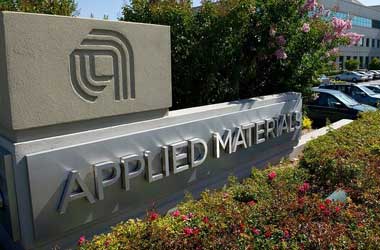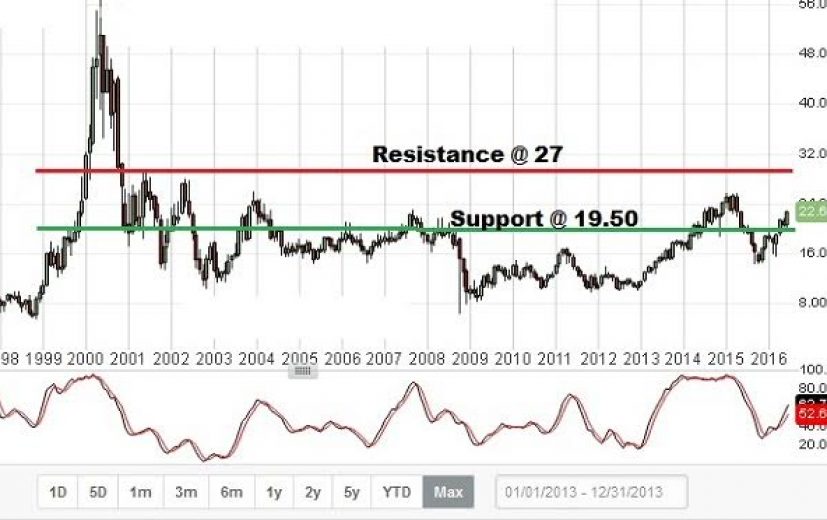 Applied Materials, Inc. (AMAT), the world’s largest supplier of tools to the manufacturers of semiconductor chips, reported its fiscal 2016 second-quarter earnings and revenue that beat analysts’ estimates.
Applied Materials, Inc. (AMAT), the world’s largest supplier of tools to the manufacturers of semiconductor chips, reported its fiscal 2016 second-quarter earnings and revenue that beat analysts’ estimates.
The share price, which closed at $22.66 on Friday, is expected to go up further due to the reasons described below.
During the fiscal 2016 second-quarter, the net sales of the company increased to $2.45 billion, from $2.442 billion in the similar period last year. The revenue estimate of analysts’ was $2.43 billion for the second-quarter.
Segment wise, the silicon systems recorded an increase in the net sales to $1.587 billion, from $1.560 billion in the second-quarter of 2015. In the second-quarter, the new orders increased to $1.966 billion, compared to $1.70 billion last year. The applied global services recorded net sales of $648 million, marginally higher than $646 million registered in the prior-year similar period. New orders increased to $677 million, from $641 million in second-quarter of fiscal 2015.
appliedschannel
Net sales of display were $167 million, compared to $163 million in the last year. However, during the second-quarter, the new orders increased about six folds to $700 million, from $120 million in the corresponding period of fiscal 2015. The energy and environmental solutions revenue declined to $48 million, from $73 million last year.
However, in the second-quarter of fiscal 2016, the segment saw the new orders double to $108 million, from $50 million in the second-quarter of 2015. The total value of new orders generated in the second-quarter is $3.5 billion, which is the highest in 15 years.
For the second-quarter, the Santa Clara-California based company reported net income of $320 million or $0.29 per share, compared to $364 million or $0.29 per share in the year-ago corresponding period. Provision for the income taxes increased to $75 million, from $25 million in the second-quarter last year. This resulted in a slight decrease in the net income. However, the second-quarter’s non-GAAP net income of $0.34 per share exceeded analysts’ expectation of $0.32 per share.
During the second-quarter ended April 2016, the chip maker’s order backlog increased 34% to $4.17 billion. The company stated that it expects strong demand from the mobile phone manufacturers who are shifting to Organic LED (OLED) displays. Applied Materials also continue to benefit from an increase in demand for its technology to manufacture 3D NAND memory chips used in the smart phones (see video above).
For the fiscal 2016 third-quarter, Applied Materials anticipates a 14% to 18% ($2.793 billion to $2.891 billion) sequential rise in the revenue. The consensus estimate of analysts is $2.51 billion for the third-quarter.
The company also expects non-GAAP earnings in the range of $0.46 to $0.50 per share for the third-quarter. The earnings estimate of analysts currently stands at $0.36 per share. Thus, fundamentally, the stock remains a strong buy.
As the chart indicates, the stock has bounced back from the support at 19.50. The stochastic indicator is rising with a reading above 50. Thus, we can expect a firm up trend in the counter.
To capitalize on the probable uptrend in the price of the security, a binary options trader should purchase a one touch call options contract. A strike price between $25 and $27 would benefit the trade. Similarly, a contract expiry date in the third week of June is recommended for the binary options trade.





